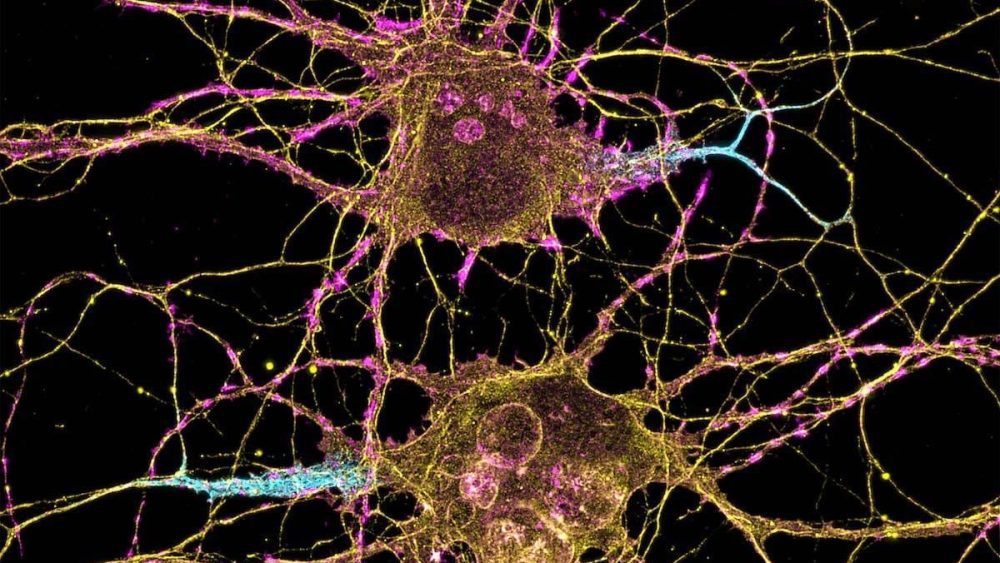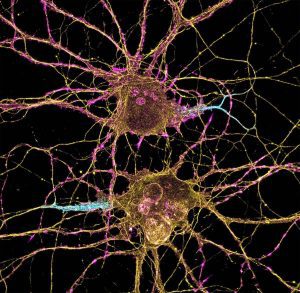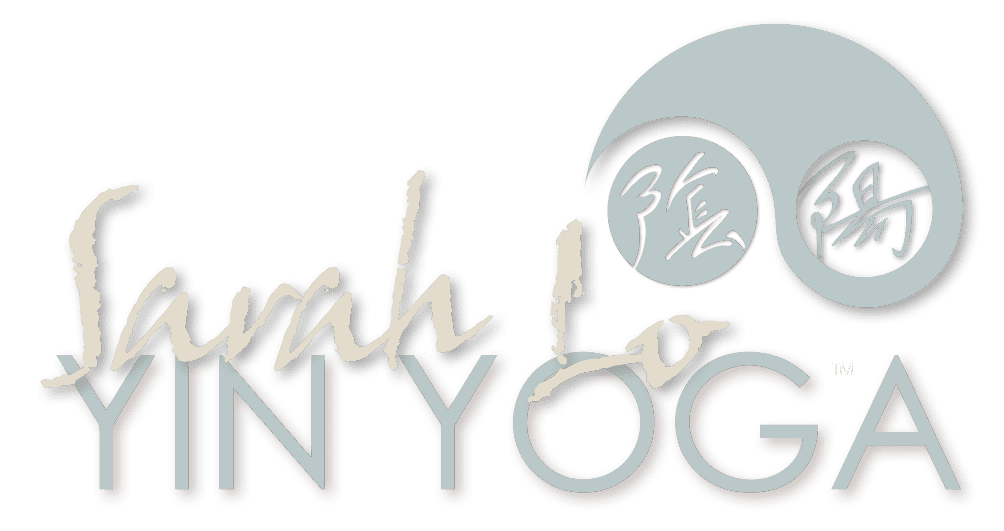

Can we grow our interoception and why would it benefit us?
If you remember your early foray into yoga you probably remember postures and movements you immediately gravitated towards and definitely remember those you dreaded.
The signals ‘like/dislike’ were clear enough yet we learned to override them by following a set of rules about correct positioning of hands, feet, down to very specific instructions with even your big toe, index finger and eye gaze. The teaching intention may have been a positive one, perhaps to learn a new discipline, to strengthen, to gain flexibility, to relax but it may not have taken into account that everyone is not only ‘built’ differently but also ‘feels’ differently.
We all have interoceptors that are capable of feeling pressure, temperature, pain, pleasure but we have very different capacities when it comes to sensitivity and sensory processing.
“Quod ali cibus est aliis fuat acre venenum”
What is food for one man may be bitter poison to others.
The oldest reference to this was from the Roman poet and philosopher Lucretius in the first century BC.
As a teacher or student of yoga, you will no doubt have looked at least admiringly at others ‘poses’ that seem impossible for you to attain, as yoga classes have often been structured towards ‘levels’ or ‘peak postures.’ Yet an advanced practitioner, who I would define as someone who has practiced yoga regularly for many years and understands the limit and range of their bodies at the time they are practicing, will also understand that some poses are beyond their capability, NOT through lack of practice or study but because that is the way their bones soft tissue and joints are housed together, the way they meet and are structured. And they know this because they simply FEEL this and understand that to push the body beyond its capability would result in harm, pain or injury. So in other words the ‘pose’ will always be unachievable for their body no matter how much practice they do.
So how do we grow in our ability to sense at that level without having to wait or practice for decades? And can we gain a deeper sense of our ability to feel what’s happening in our bodies through yoga when it is done in a slow and static way e.g yin yoga?
As evidence based models are hard to find when it comes to learning yoga, I began to change the way I looked at training other teachers many years ago and moved away from the demonstration style of teaching. Yin yoga was an ideal practice to begin since practitioners have time in each posture to be able to read, absorb and understand the sensations they were feeling. By layering the concepts of Mindfulness based teachings from the main foundations of Mindfulness, practitioners began to also understand that sensations come through a variety of sense doors. They were not only affected by the physical ones, but mentally, thought chains are set off which might also lead to emotional responses and what was around them environmentally (or outside the body) also had an impact. The responses that come and go are there but being able to read them or interpret them accurately differs greatly from person to person. It is known that people suffering from ADHD or ASD (autistic spectrum disorder) have difficulty in interpreting signals and impaired sensory processing. Instead in the learning model I have adapted, we hear from each person’s current experience of a shape whilst we map out clearly what the posture is aiming to achieve. eg releasing tight glutes, stretching the hamstrings, mobilising the spine into extension or flexion. Without Mindfulness parameters, the practitioner has few skills to hone to be still and steady in a pose. With Mindfulness and understanding the nature or psychology of the mind, there are tools to work with and we can hone our attention better on what we choose to work with. Perhaps one day we might choose to work with an overriding emotion that has been plaguing us and we can bring this to our practice. And some days, we want to forget everything that’s going on in our lives and we can choose to work with focusing on a singular aspect of possibly breathing or body parts. The choices are there and being skilful at choosing what feels right for us at that time becomes a choice antidote. Soothing, calming practices that we feel might be helpful rather than following a prescriptive class or set of rules of how we should ‘do’ yoga.
A teaching model that allows us to hear from each individual and realise that every practitioner experiences the sameposture differently becomes the evidence we need to support ourselves and trust that what we feel is real and unique. We even begin to see that whilst we each look different in the way we have chosen to settle in a posture, we may also be experiencing similar sensations. How is this possible? The direct experience of each practitioner cannot be argued with. “This is how I feel and this is where I feel it.” It is irrefutable.
And so it would seem credible at the very least that when we hear of others experiences and how much they differ, we can begin to trust our own unique experience when our body ‘speaks’ to us relaying information via signals, sensations, prompts, intuition… and so on. When we grow to trust these signals and then react/respond appropriately, we begin to understand and grow our interoceptive awareness. It’s like finding our own elixir to getting through each day. This starts to become more than ‘when you’re feeling cold, put on a jumper’ or ‘when you’re hungry, it’s time to eat.’ When we get to know our bodies well, we can even feel our way through movements and what would be most helpful to us and create our own sequences through imagining them. What could be more helpful than that as a teacher?
The new curriculum for the 60 Hour Yin Yoga Teacher Training Mindfulness, Meridians, Psychology, Anatomy brings evidence based science to light and further layers this with the pathways of energy in Chinese Medicine known as Meridians.
We are still doing yoga! But we learn that there are several ways we can perceive and understand what is happening in our bodies, thereby increasing our sensory perception. Why would this benefit us? I can think of one good reason immediately. When we know what is happening, we can do something about it! We can make appropriate and well informed choices. And we can begin to trust that what we feel is real. Understanding our symptoms becomes invaluable information to us before anything escalates and becomes worse.
If you want to know more about the upcoming training in January 2024, click here for more details.
And the new schedule for 2024 is now online.
In Level 2 Yin Yoga Teacher Training next Spring, the science behind the behaviour of fascia and the soft tissue network is taught as well as how meridian energy of the Yin Yang organ pairs moves through this 3dimensional matrix. In fact we study both through easy to visualise 3 dimensional videos which facilitates the understanding of Chinese Medicine and Fascia in a much clearer way. The Mindfulness focus is continued through daily Meditation with developing psychological enquiry practices.
Any questions please do email me, I’d love to see you on this course while they remain online.
Sarah ??
Sarah@sarahlo.co.uk
